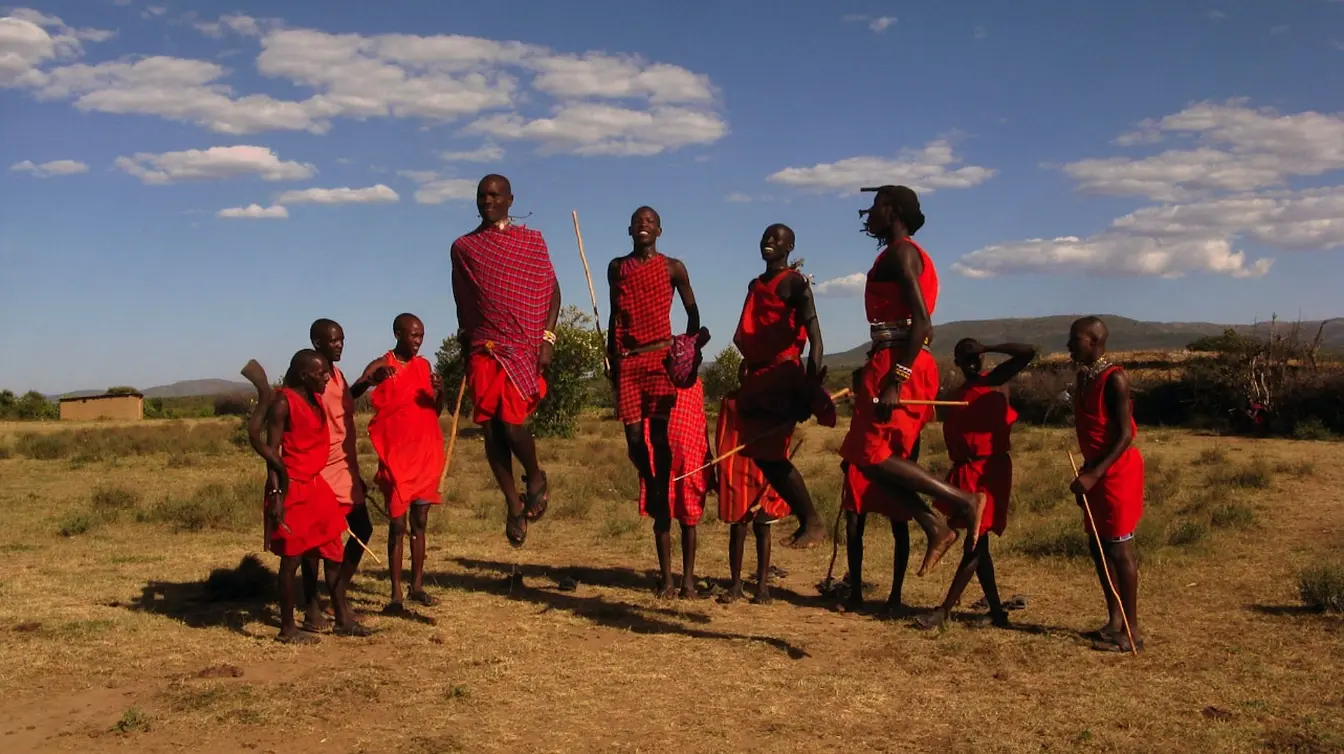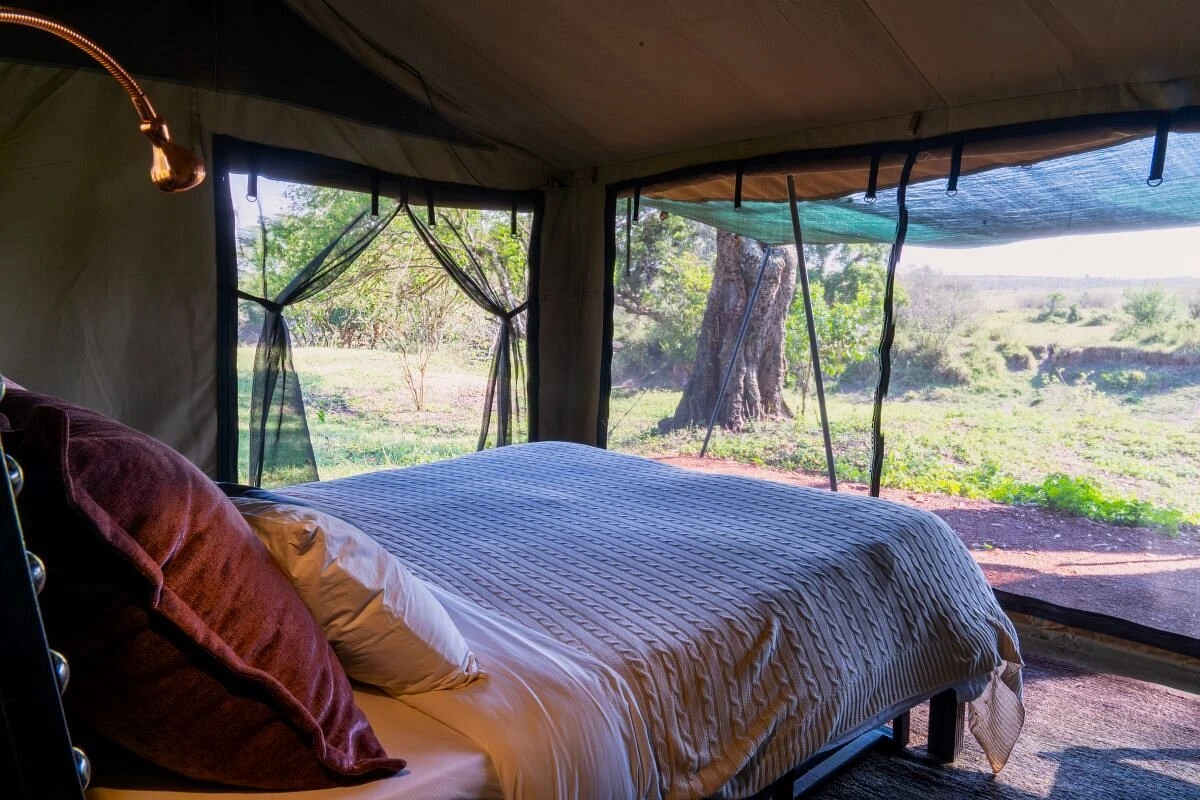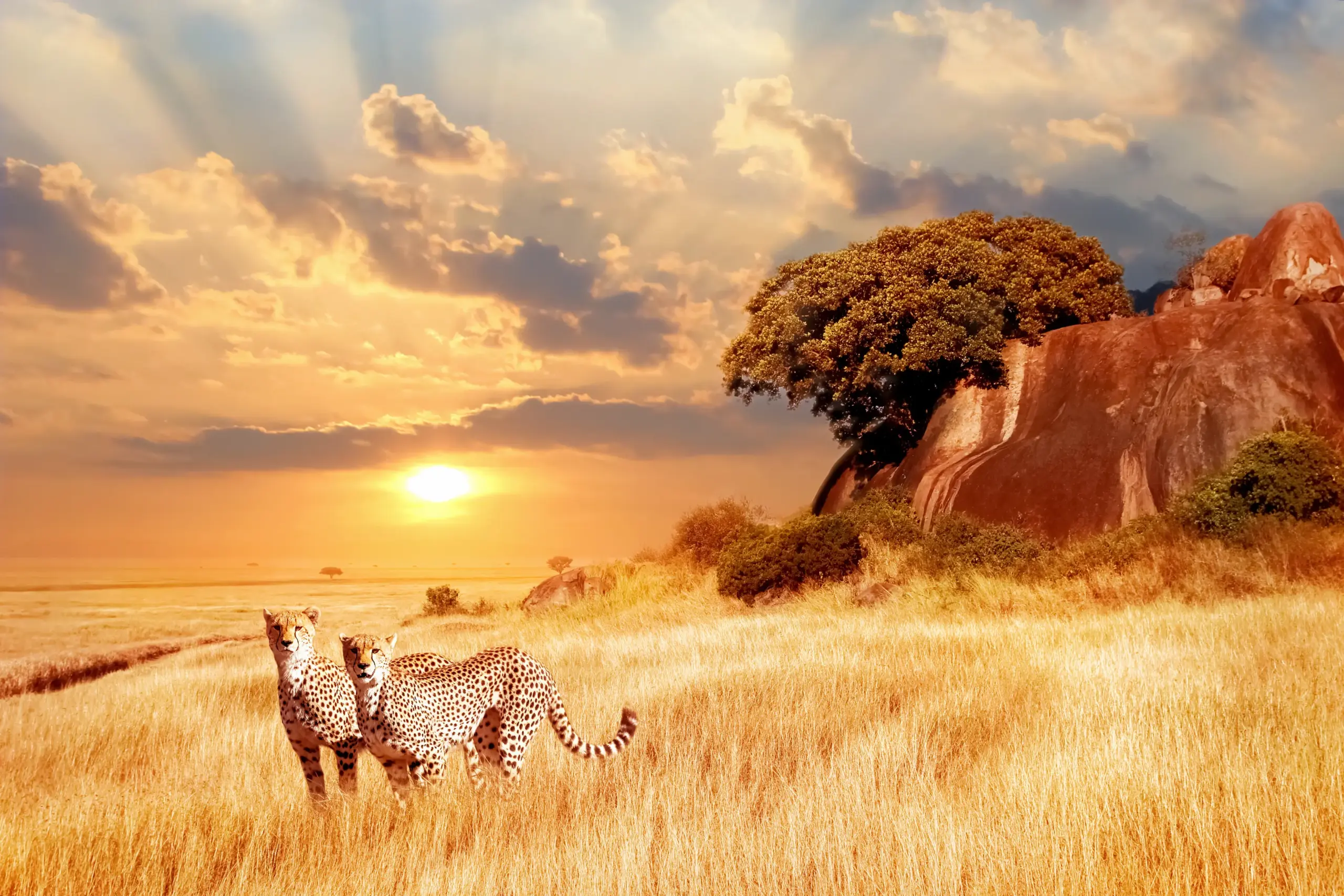Mara Triangle Conservancy in Maasai Mara National Reserve - Kenya
Enter the spellbinding realm of the Mara Triangle, the very landscape that brought Out of Africa to life. This stunning expanse, immortalized in the beloved film, perfectly embodies the untamed beauty of the African wilderness. From vast golden plains and awe-inspiring wildlife to the dramatic river crossings, the Mara Triangle offers a rare window into the raw, unspoiled charm that shaped an unforgettable story. Whether you’re drawn by cinematic history or the call of nature, a visit to this extraordinary destination promises to immerse you in the wonder that has enchanted audiences across the globe.
The History of the Mara Triangle
Covering 510 square kilometers, the Mara Triangle constitutes roughly one-third of the Masai Mara National Reserve. Decades ago, rampant poaching devastated its wildlife, leading to the loss of thousands of animals annually. In 2000, a collective effort emerged, spearheaded by the Trans Mara County Council, a non-profit Mara Conservancy determined to drive change and enhance wildlife conservation efforts in the Mara Triangle. This initiative birthed the Mara Conservancy, a non-profit organization that pioneered an unprecedented alliance between conservationists, the Maasai community, and both public and private sectors. Through strategic anti-poaching measures and efficient management, they transformed the Mara Triangle into a thriving sanctuary, safeguarding one of the planet’s most diverse ecosystems.
Landscape & Wildlife of the Mara Triangle
Tucked between the mighty Mara River and the striking Oloololo Escarpment in southwestern Kenya, the Mara Triangle is a distinct and breathtaking section of the Masai Mara. With access limited to the Oloololo Gate and the New Mara Bridge, this region remains less frequented than other parts of the reserve, making it a prime destination for a truly immersive Mara Triangle safari. This secluded corner of the African wilderness teems with wildlife year-round. Expansive savannahs and scattered acacia trees create an ideal habitat for a variety of species, including zebras, giraffes, elands, impalas, and the ever-migrating wildebeests. Naturally, where prey roams, predators follow—lions, cheetahs, leopards, hyenas, and jackals are ever-present. Meanwhile, the lush riverine forests along the Mara River act as a refuge for elephants, buffaloes, hippos, and baboons. When the Great Migration peaks, the Mara River transforms into a battleground, where lurking crocodiles lie in wait, ready to ambush the exhausted animals as they attempt the perilous river crossings.
The Gateway to the Great Migration
What makes the Mara Triangle a must-visit destination? It stands as one of the most sought-after locations for witnessing the breathtaking Mara River crossings during migration season. Serving as a vital passage for the enormous herds of wildebeests and zebras moving between the Serengeti and the Masai Mara, this area hosts some of the most dramatic wildlife spectacles from July to October. Picture over a million wildebeests, joined by countless zebras, gazelles, and other grazers, navigating this treacherous corridor in search of lush pastures and fresh water. This unparalleled natural wonder captivates travelers from all corners of the world.
Where to Stay in the Mara Triangle
Lodging options within the Mara Triangle and its surrounding conservancies are intentionally limited, ensuring a low-impact tourism model. Each guest is allocated about 350 acres, or 700 acres for double occupancy tents. Within the Mara Triangle itself, only two permanent lodges exist, one of which is the well-known Mara Serena Safari Lodge. Beyond the reserve’s boundaries, you’ll find several renowned camps like Angama Mara, Mpata Safari Club, Little Governors Camp, and Kilima Camp. Given the exclusivity of accommodations, availability is scarce, making early bookings essential. Many of these lodges and camps prioritize hiring from the local Maasai communities, offering guests an authentic cultural experience. While not all staff members are fluent in English, your stay directly supports community development and local livelihoods.
Best Times to Visit
Choosing the right season for your trip to the Mara Triangle can significantly enhance your experience, particularly if witnessing the legendary Great Migration is on your bucket list. The migration peaks between July and October, coinciding with the dry season, when wildlife viewing conditions are at their best. However, the green season, stretching from November to June, has its own allure. While occasional rains may be expected, this period offers a more intimate safari experience, with fewer tourists and equally impressive wildlife encounters.
Plan Your Unforgettable Mara Triangle Safari
We hope this guide has equipped you with the necessary insights to select the Mara Triangle as your ultimate safari destination. Should you have any additional questions or need further information about the diverse lodging options, thrilling game drives, or unique experiences awaiting you.
Welcome to AjKenya Safaris
Thanks for stopping by! We’re excited to help you plan an unforgettable safari.
- Phone: +254 748 258880
- WhatsApp: +254 748 258880
- Email: [email protected]
- Email: [email protected]





